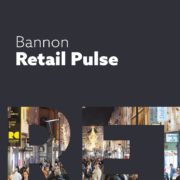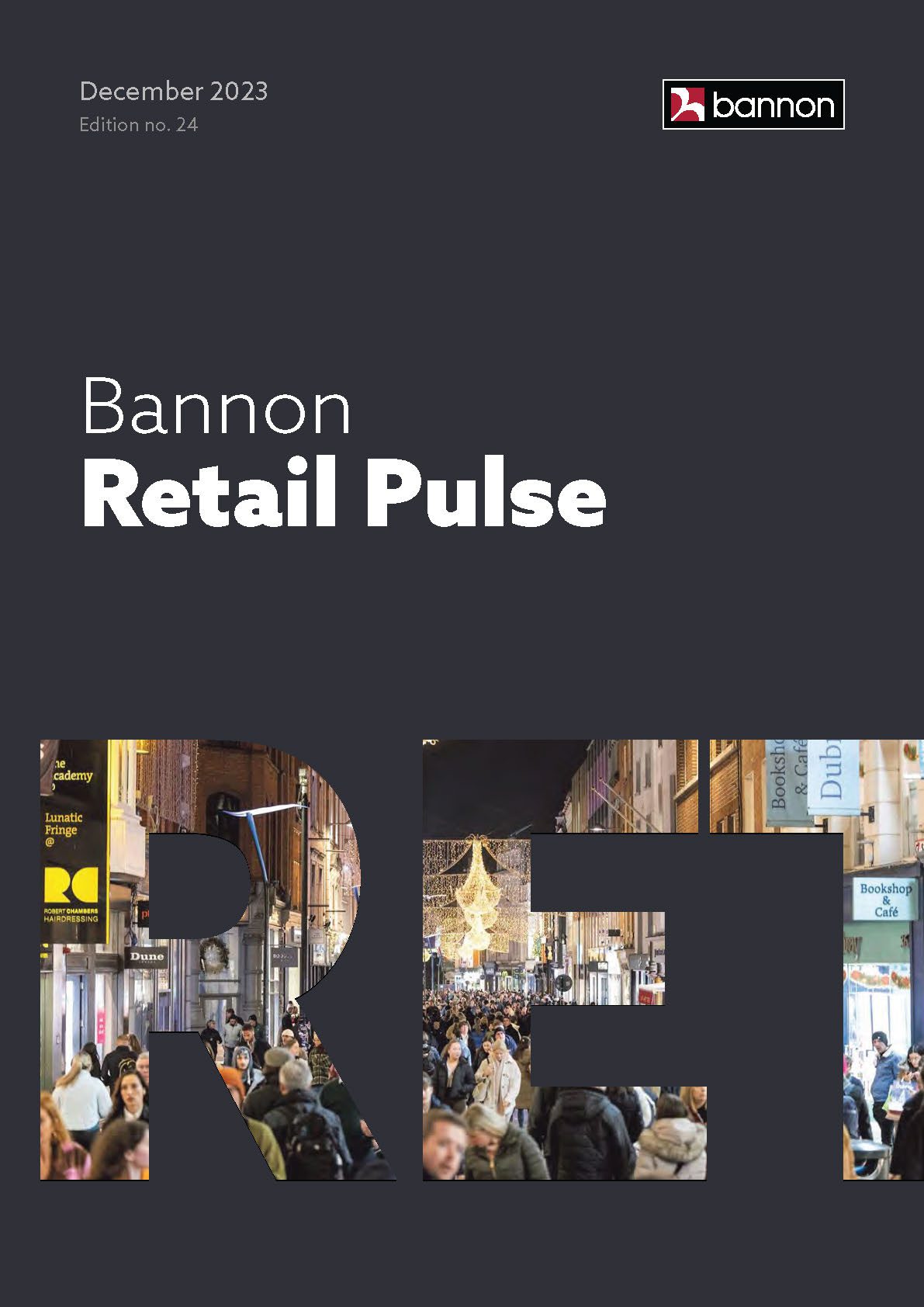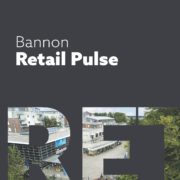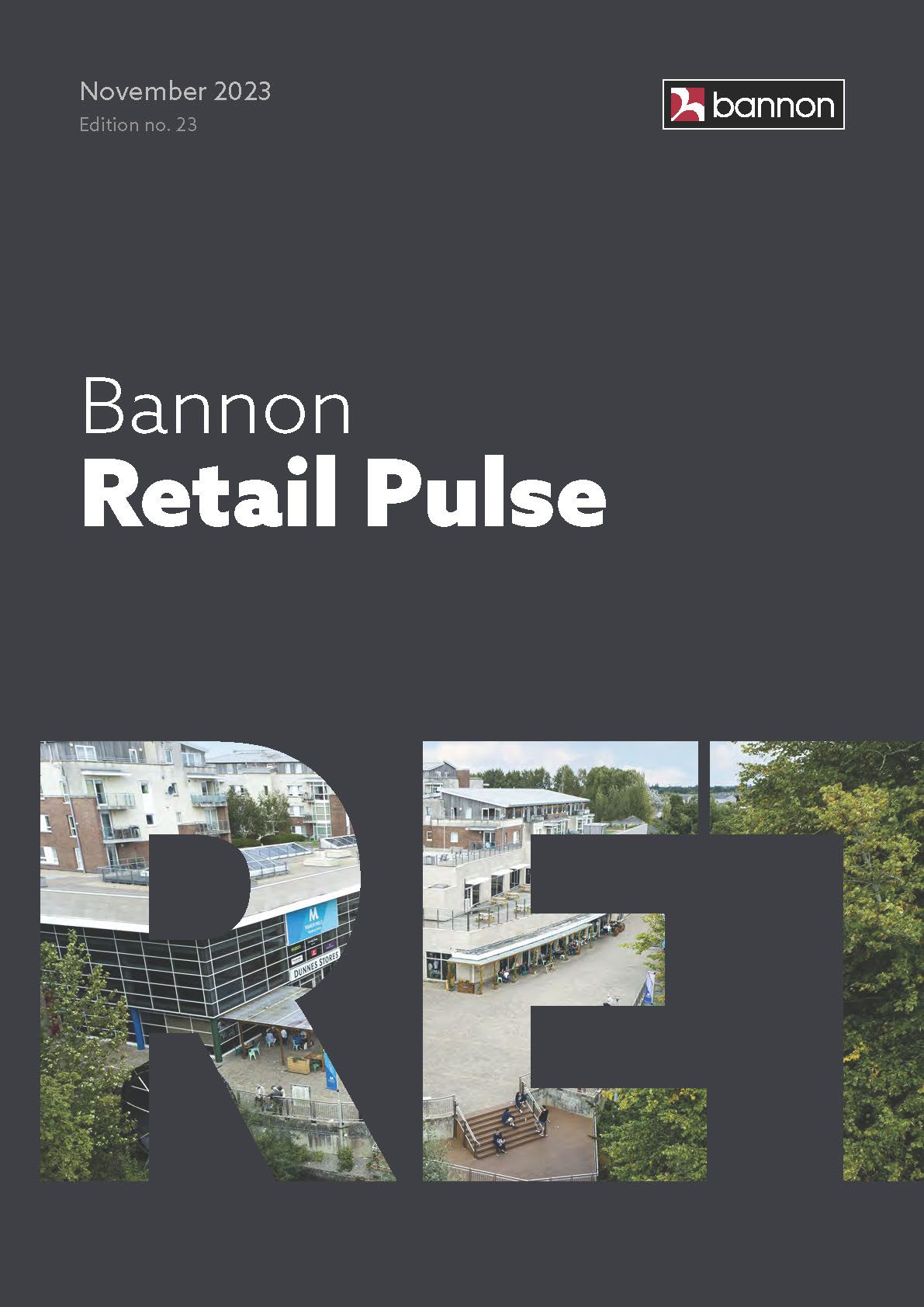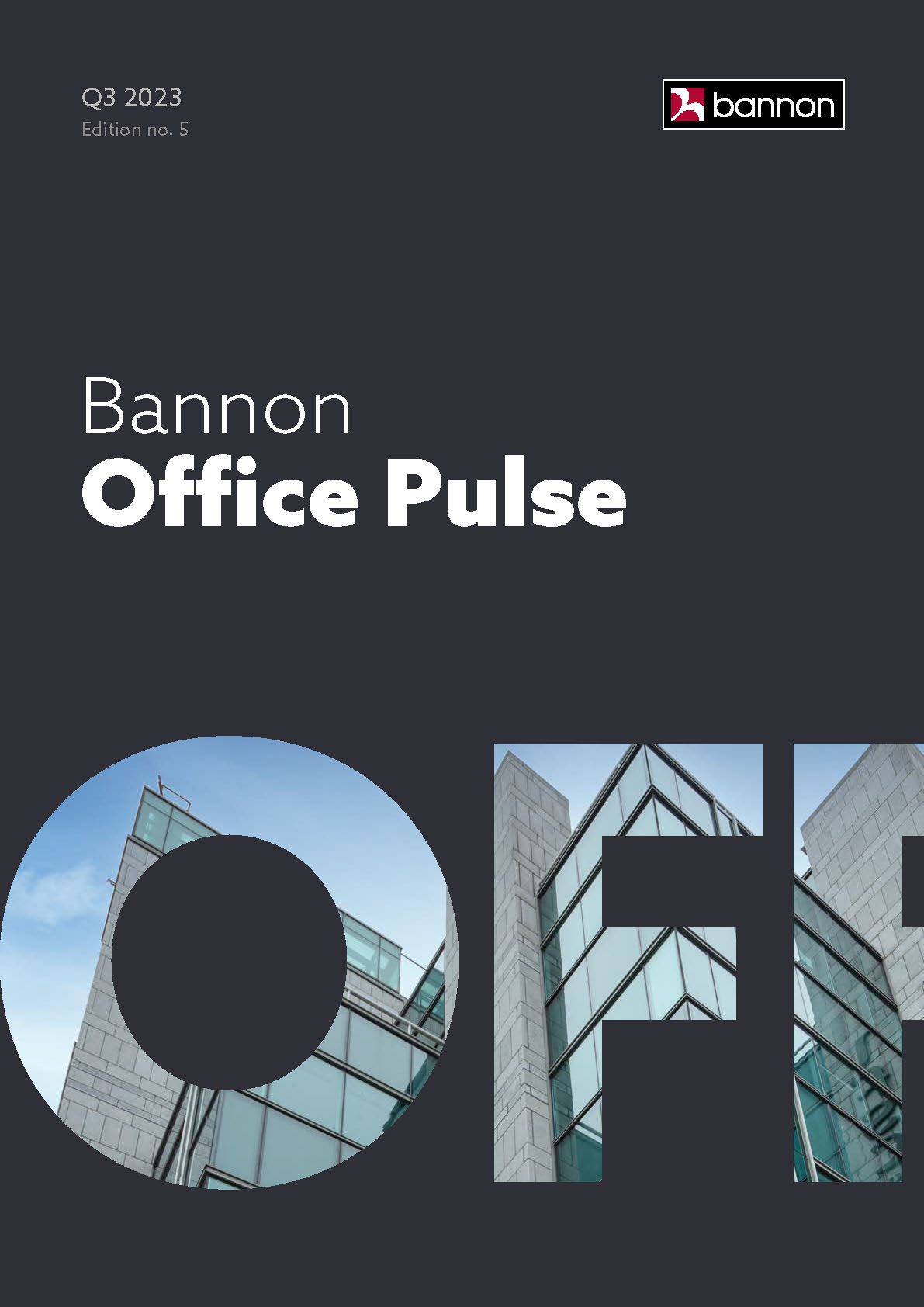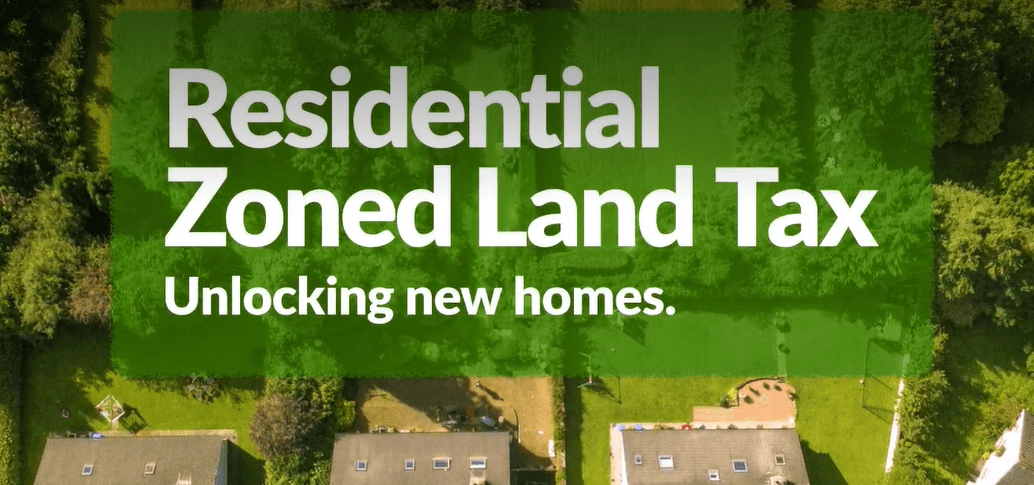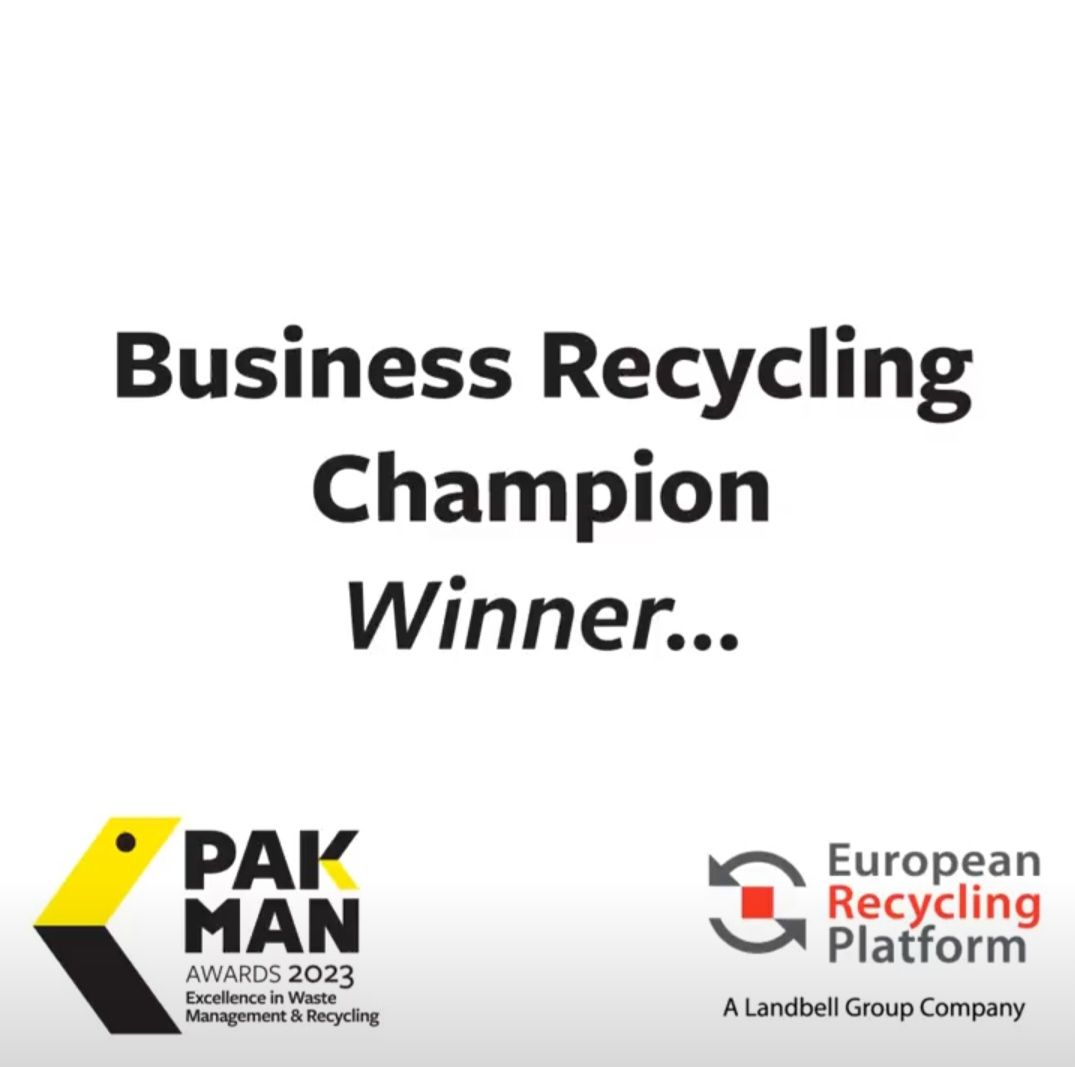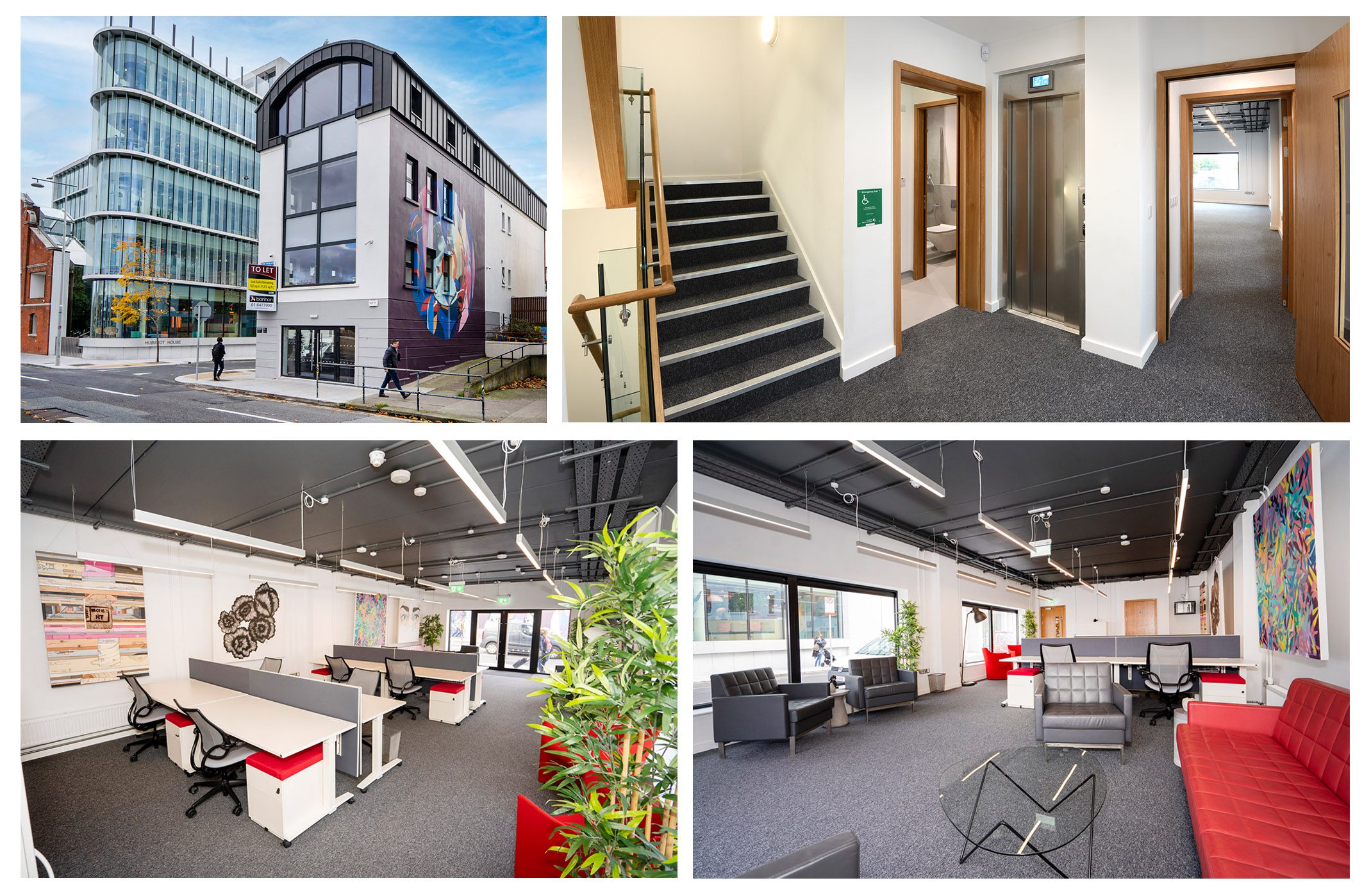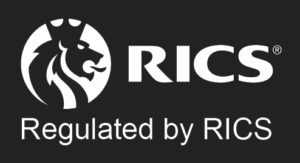
Sligo’s Quayside Shopping Centre has once again earned the prestigious title of All-Ireland All-Star Shopping Centre of the Year, bestowed by the All-Ireland Business Foundation. This marks the fifth Business All-Star recognition for this esteemed retail destination.
As it enters its 18th year in business, Quayside Shopping Centre stands out for consistently upholding the highest standards of trust, commitment, performance, and customer centricity.
Located at the heart of Sligo Town, Quayside Shopping Centre boasts 400 customer parking spaces and an expansive 130,000 square feet of retail space across four trading levels. The centre encompasses 43 Retail Units, 12 Office Suites and 89 Residential units in total.
Distinguished by its unique combination of open streets and covered malls, Quayside Shopping Centre is meticulously designed to cater to the needs of contemporary retailers while ensuring that customers enjoy a relaxed, secure, and convenient shopping experience.
This All-Ireland All-Star Shopping Centre of the Year accolade elevates the company into an exclusive league of businesses that have achieved a remarkable five-time Business All-Star recognition.
Announcing the news of Quayside Shopping Centre’s achievement, Deputy Chair of AIBF’s Adjudication Board, Kieran Ring, said:
On behalf of the All-Ireland Business Foundation I am delighted to announce that Quayside Shopping Centre have achieved All-Ireland All-Star Shopping Centre 2023-2024. This accreditation is in recognition of the company’s outstanding contribution to quality and standards in the sector over the last 5 years. This accreditation recognises Quayside Shopping Centre’s conduct in the areas of trust, commitment, performance & customer centricity. Quayside Shopping Centre is hereby included in the AIBF Register Of Irish Business Excellence for the fifth consecutive year.
Reacting to the news of her company’s achievement, Quayside Shopping Centre Manager & Head of Marketing, Christine Dolan said:
‘On behalf of everyone working at Quayside Shopping Centre in Sligo, I would like to express our sincere gratitude and delight at being named as All-Ireland All-Star Shopping Centre of the Year for 2023/2024 including receiving Business All-Star accreditation for the fifth consecutive year. We are absolutely thrilled to hear that our centre has once again achieved such a prestigious title. This remarkable accomplishment is a testament to the dedication and tireless efforts of our exceptional team of retailers and staff who work here. We couldn’t be prouder of their commitment to upholding the rigorous standards set by the All-Ireland Business Foundation.
As an integral part of the vibrant community in Sligo, we take our role seriously and are committed to going the extra mile for our customers. While this accolade recognises our efforts, we want to emphasise that much of the work happens behind the scenes.
We are dedicated to continually improving the centre’s services and facilities, ensuring that each visit to Quayside is a remarkable experience. This recognition further inspires us to continue providing a top-tier shopping experience for our valued customers.’
Managing Director of the All-Ireland Business Foundation Kapil Khanna said: The accreditation, which is now held by over 650 firms, is needed by the thousands of small and medium businesses which operate to their own standards but have nothing to measure them by.
He said: We evaluate a company’s background, trustworthiness and performance, and we speak to customers, employees and vendors. We also anonymously approach the company as a customer and report back on the experience. The business goes through at least two interviews and is scored on every part of the process against set metrics.
About The All-Ireland Business Foundation
The All-Ireland Business Foundation is an autonomous national accreditation body tasked with enterprise development and the promotion of Best-in-Class Irish businesses.
As the accreditation body for the Business All-Star mark, the AIBF recognises Best-In-Class Irish businesses. Companies that merit recognition based on an independent audit of their performance, reputation, and customer-centricity.
Article Published by All Ireland Business Times
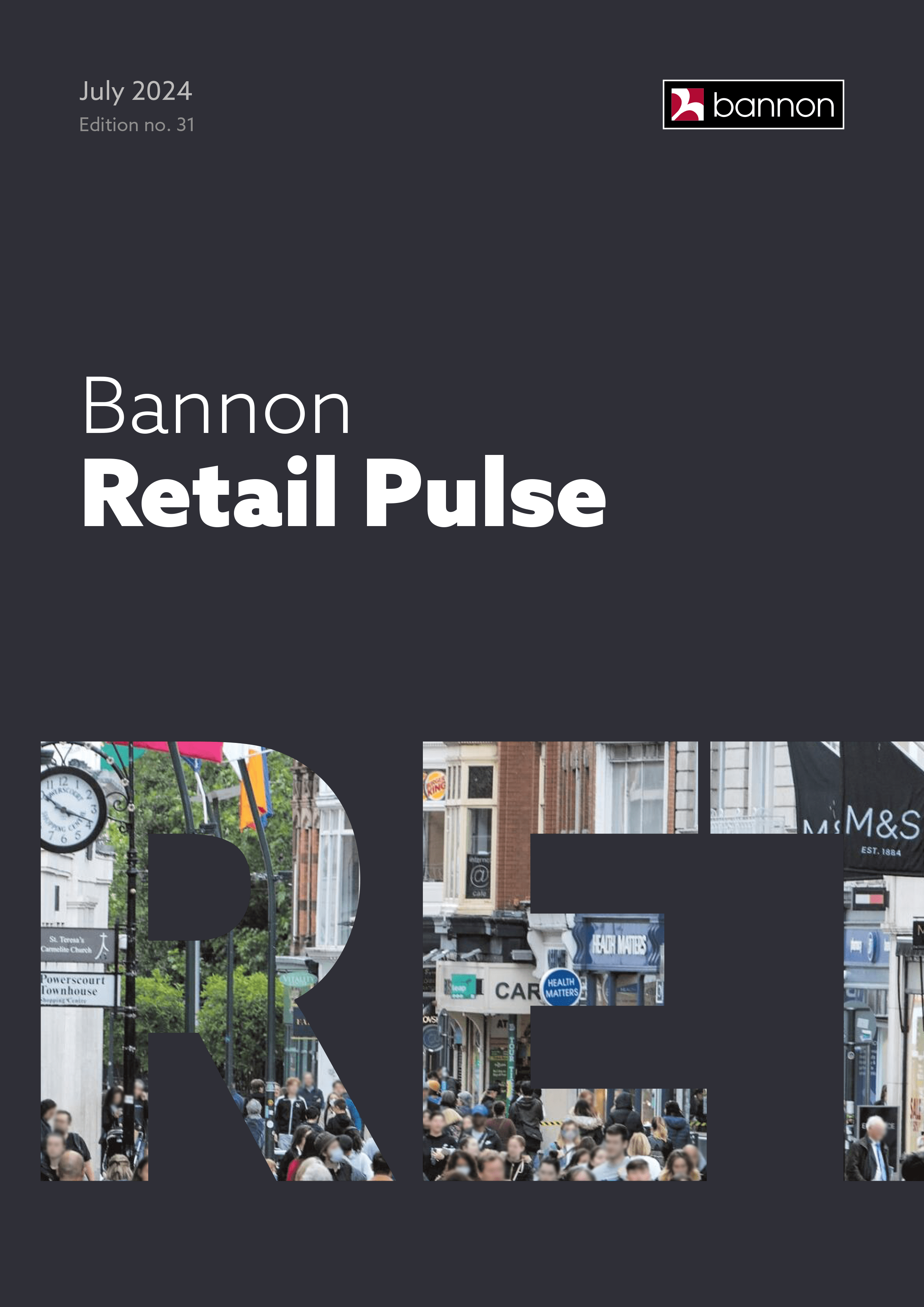

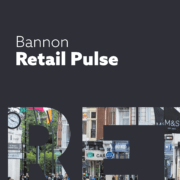

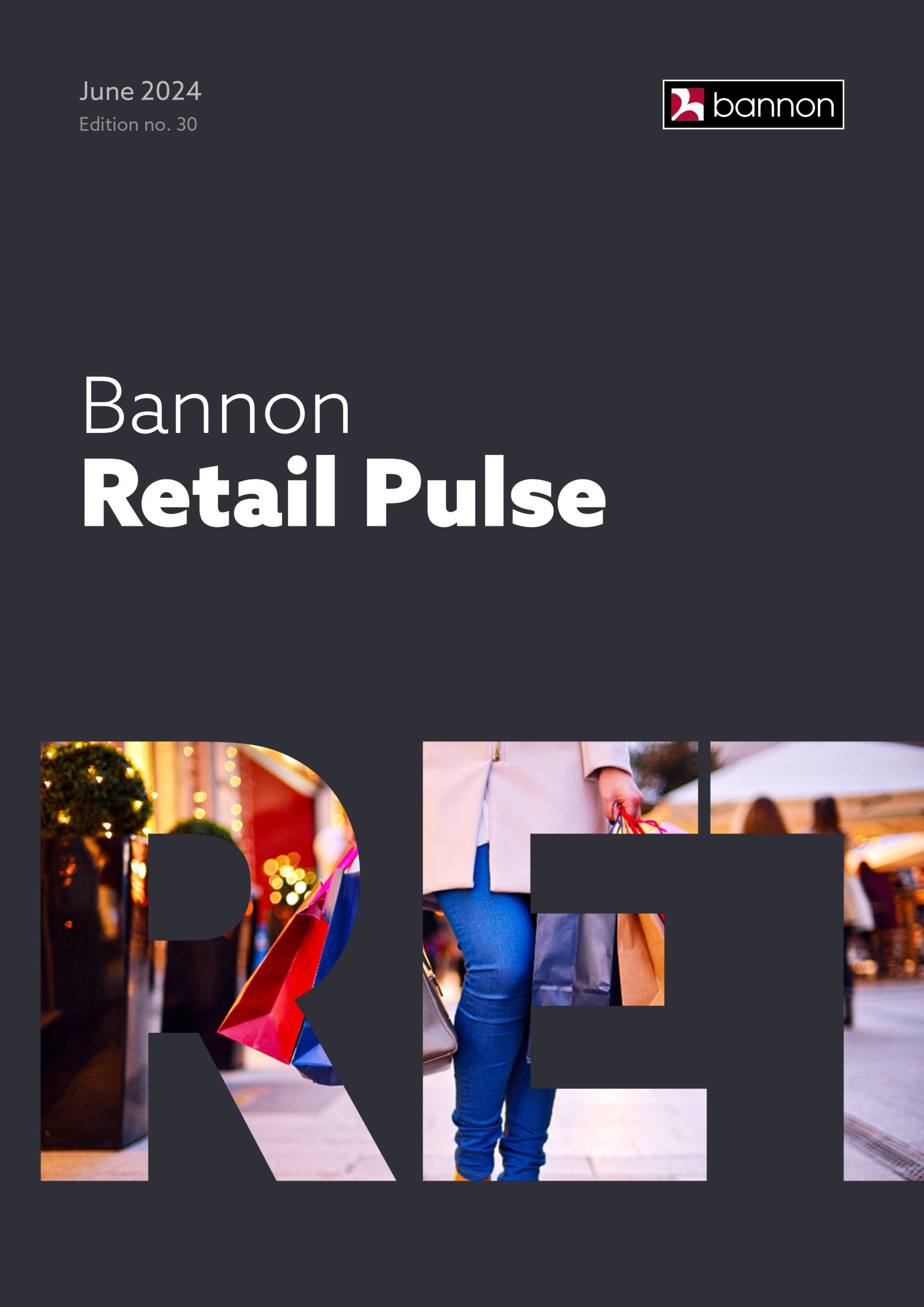
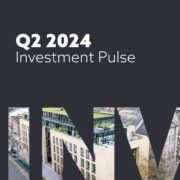
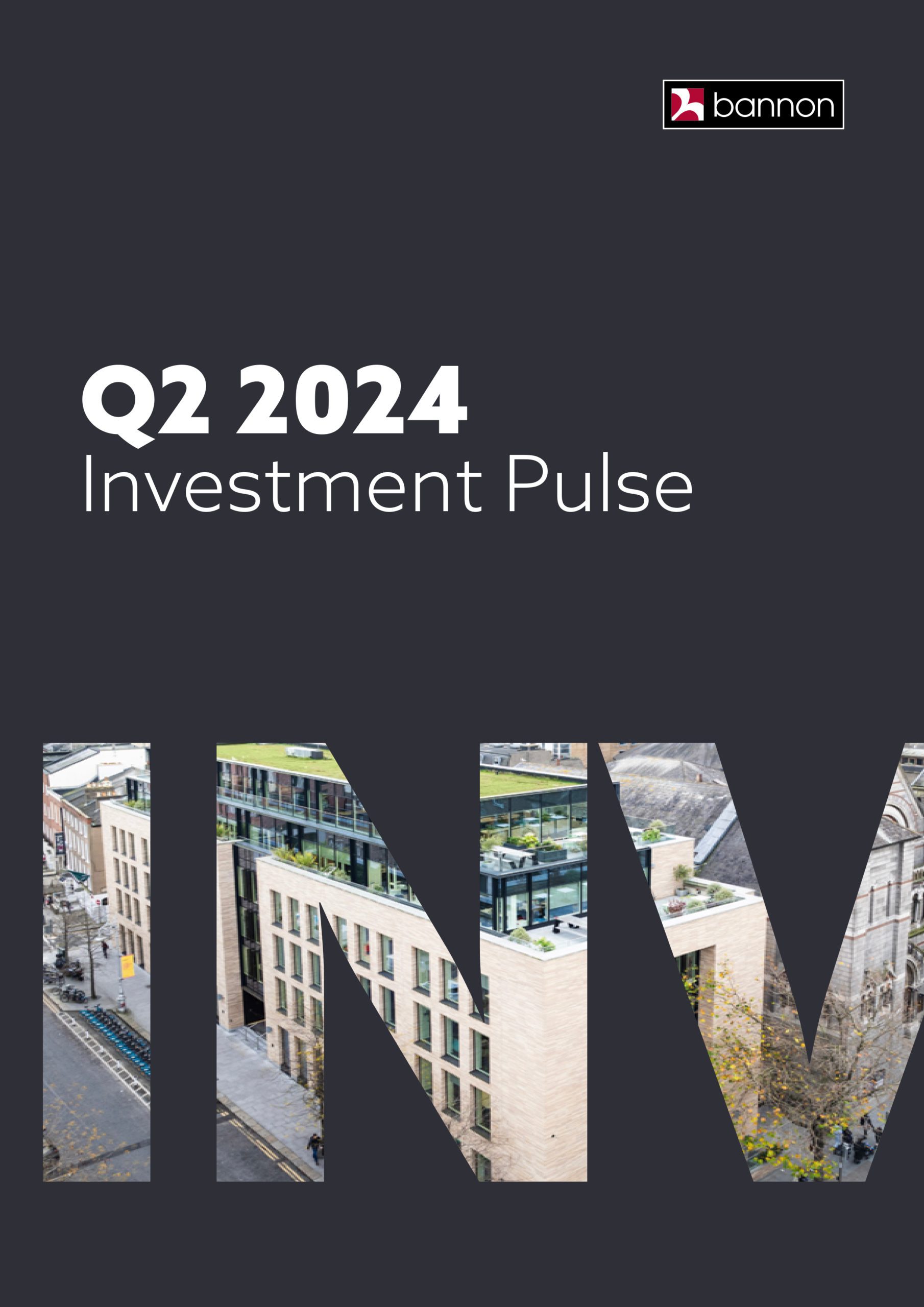
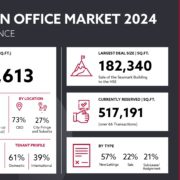
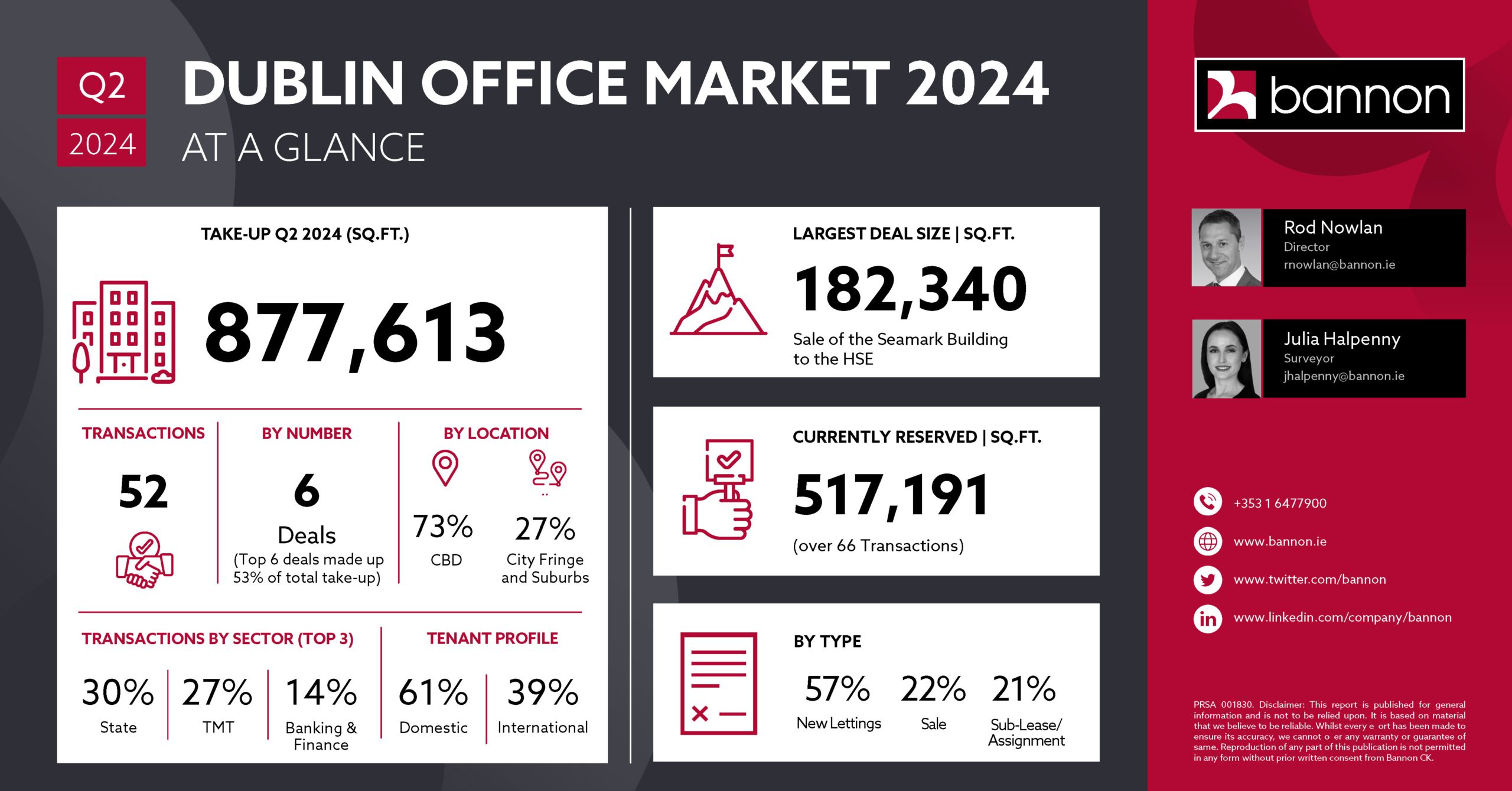






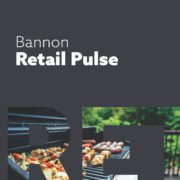
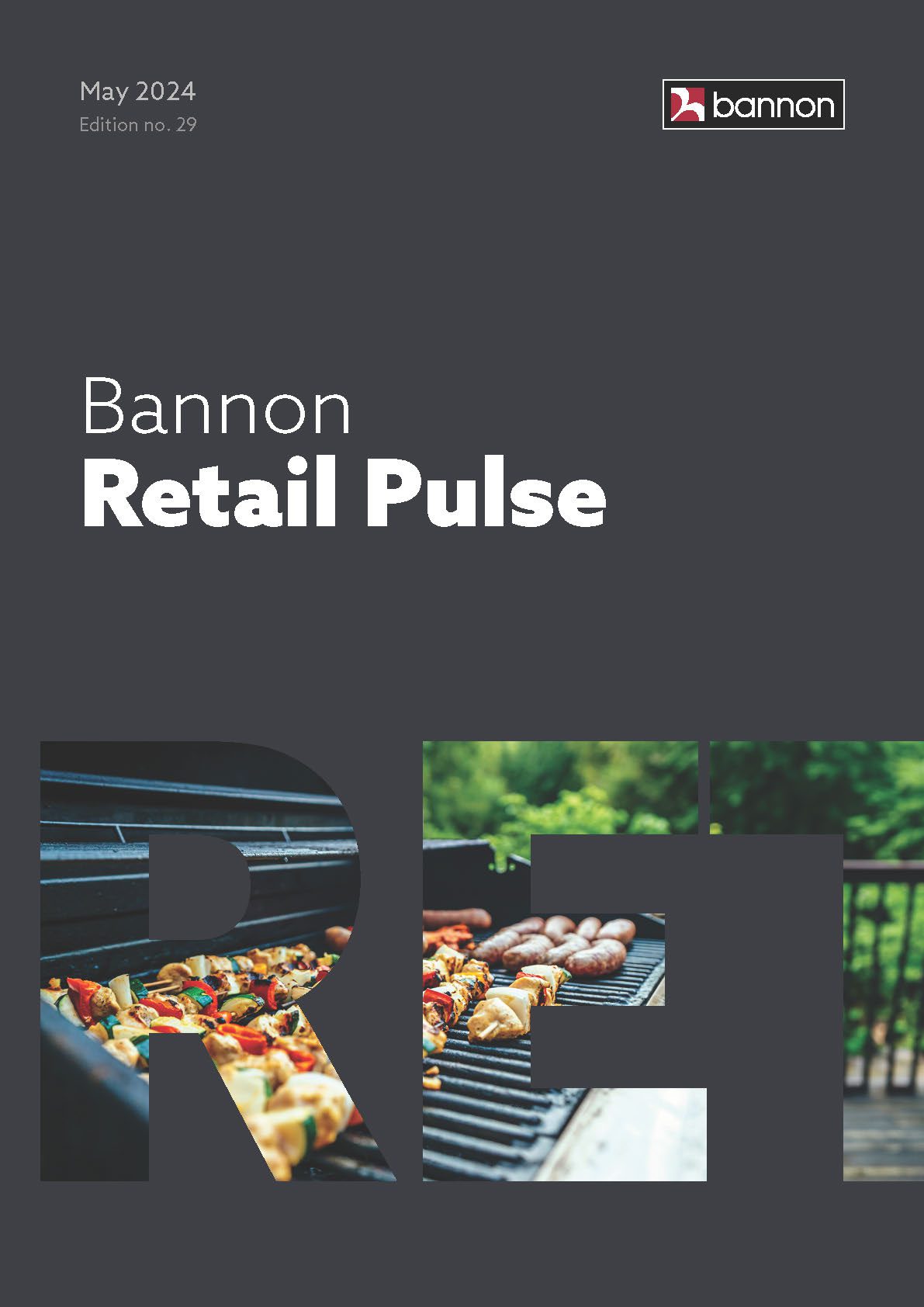 Our latest monthly Retail Pulse has now gone live. In this publication our retail leasing team highlight Irish occupiers and franchisees with ongoing expansion requirements.
Our latest monthly Retail Pulse has now gone live. In this publication our retail leasing team highlight Irish occupiers and franchisees with ongoing expansion requirements.


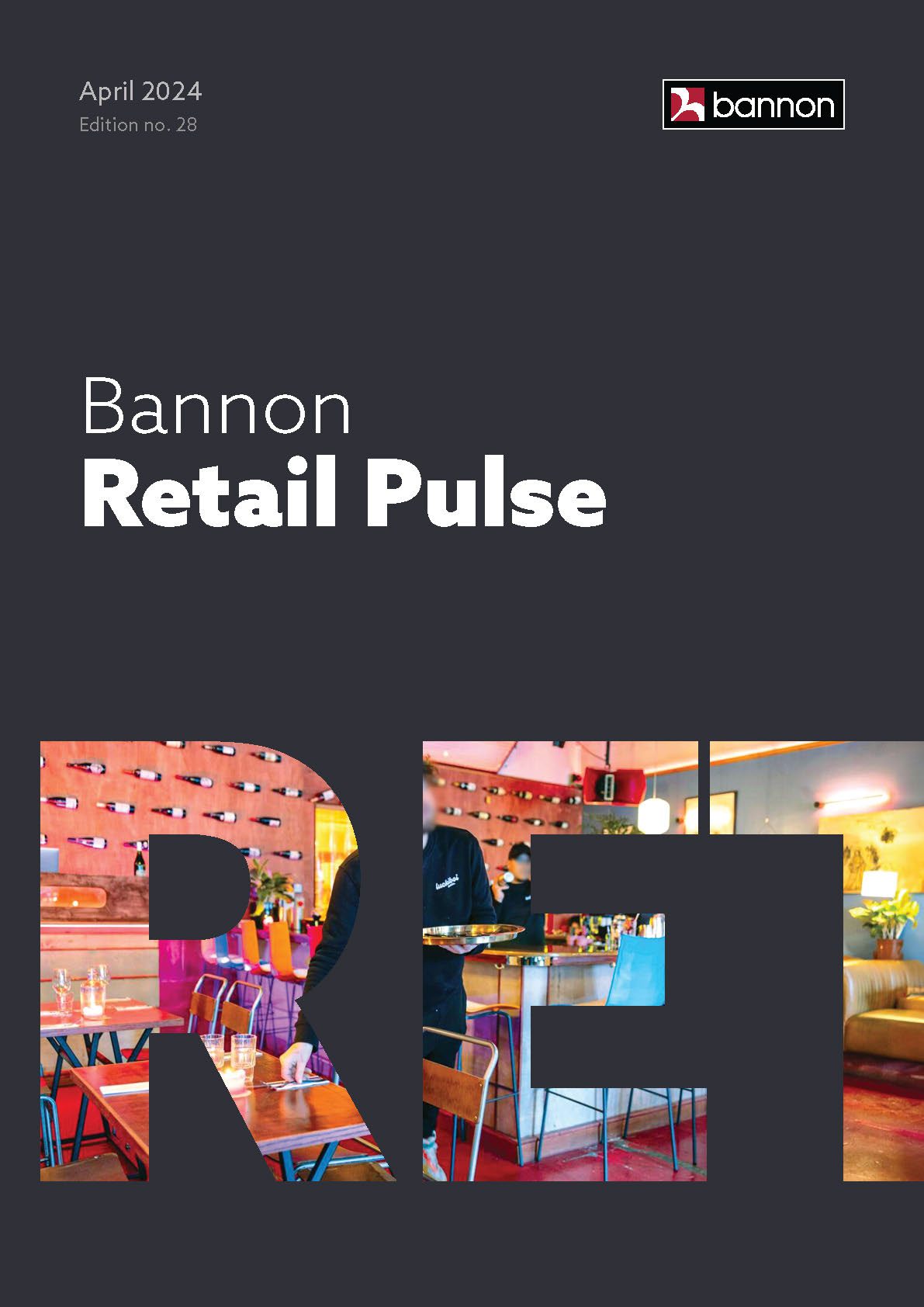







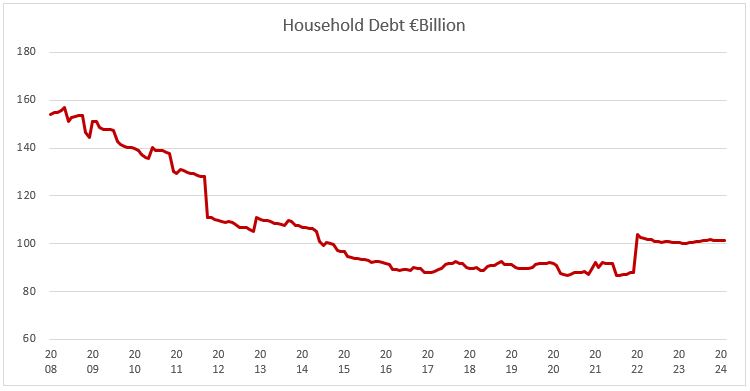


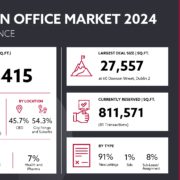
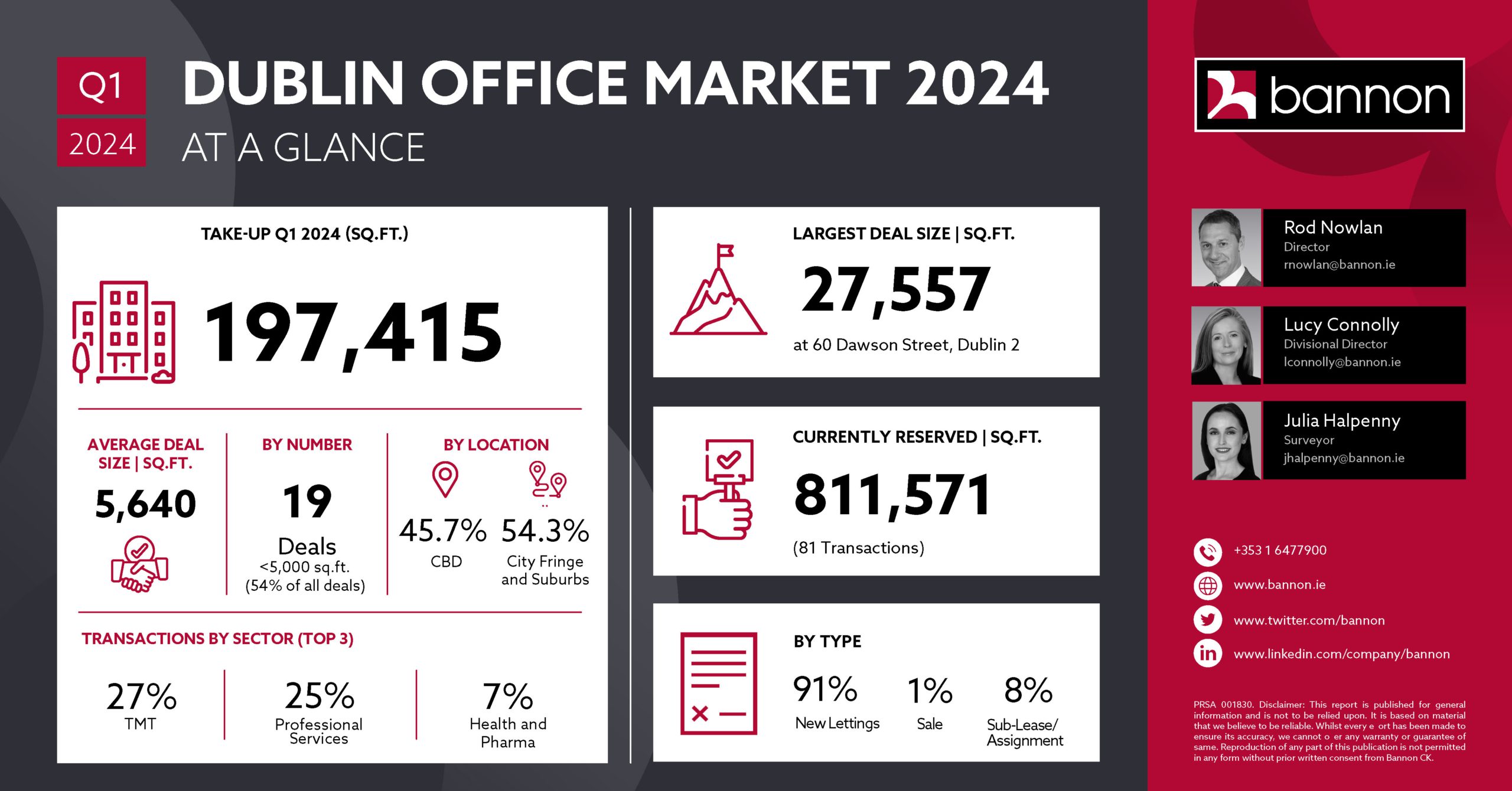

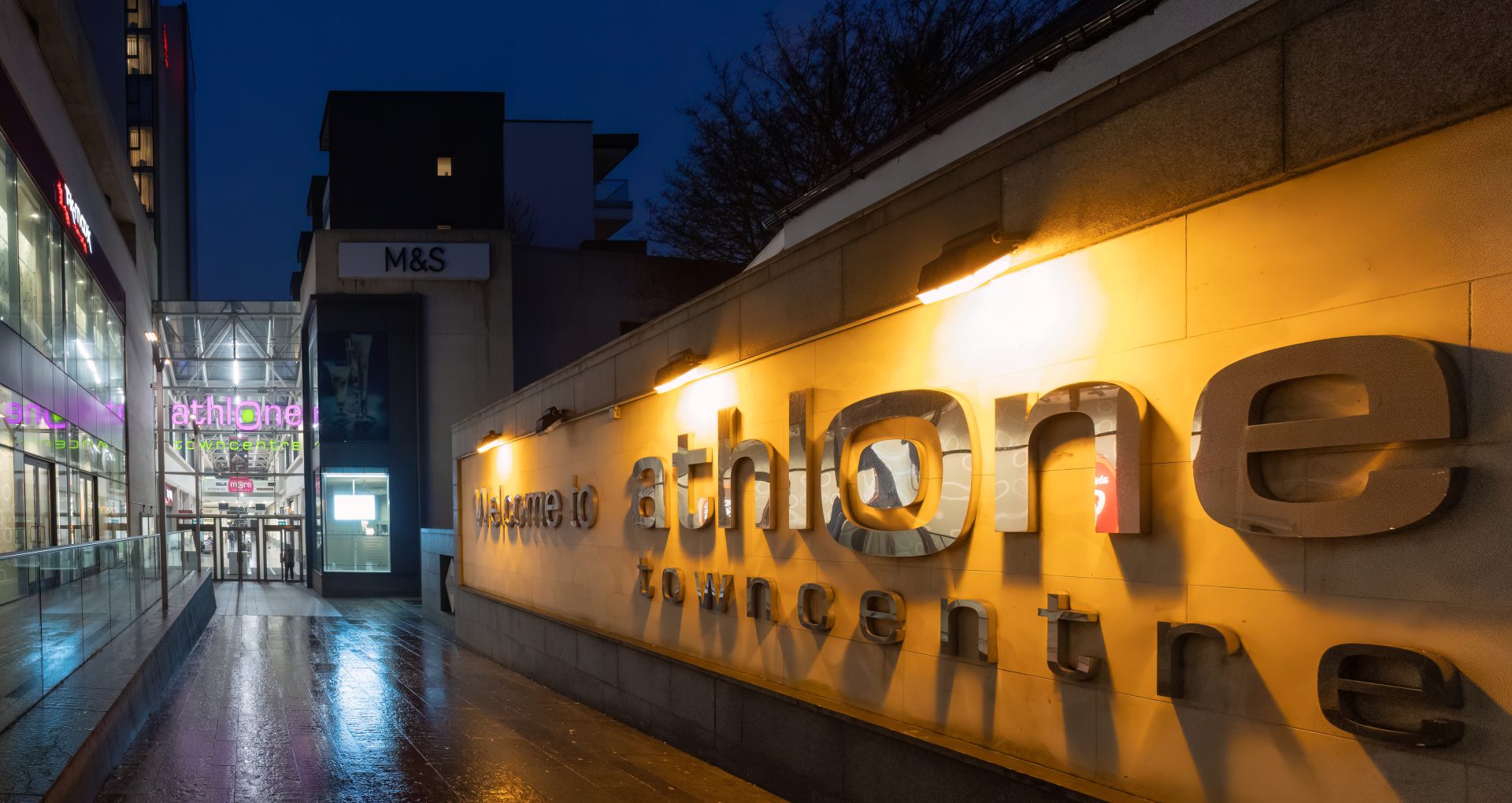
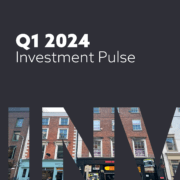
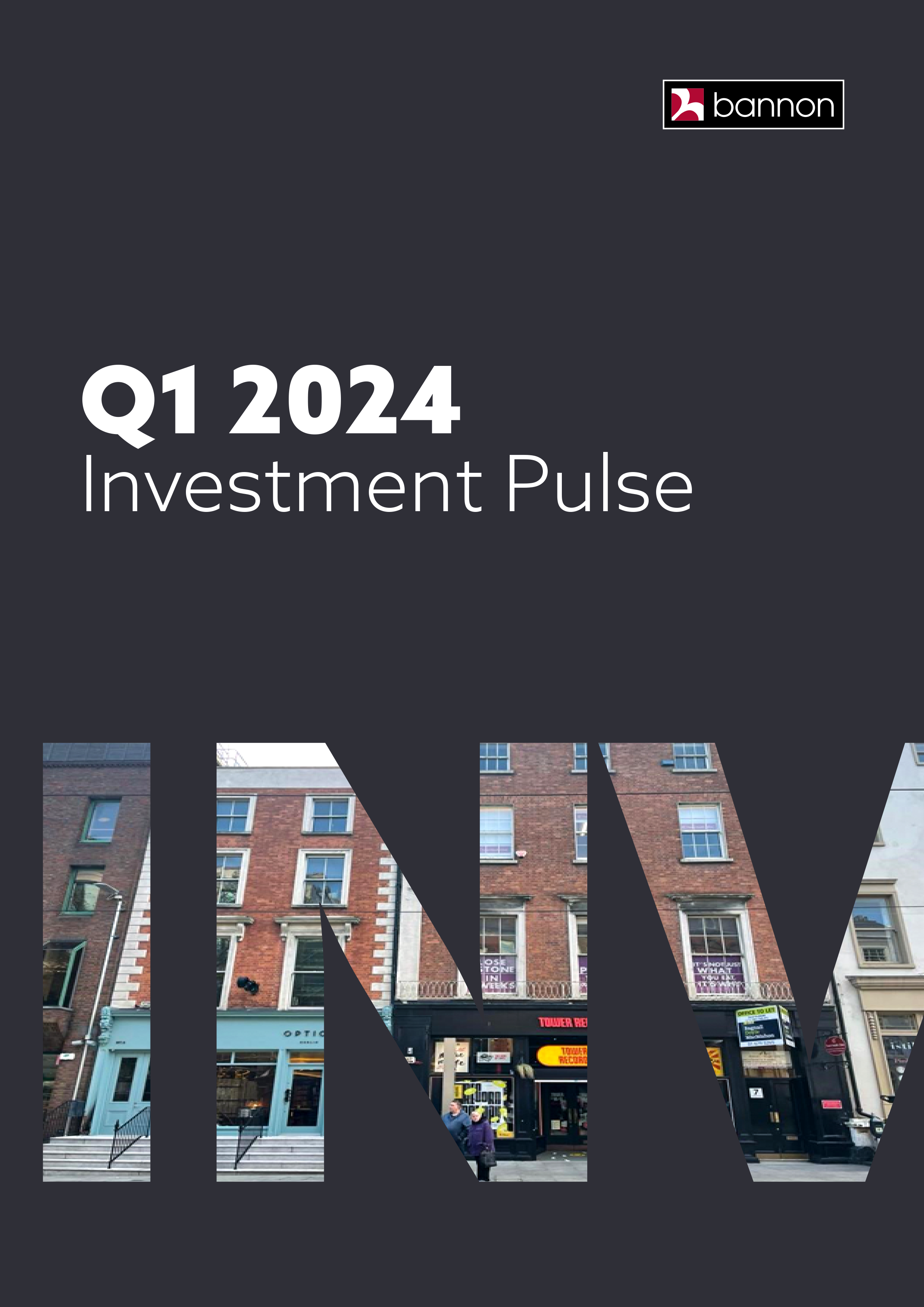 A disappointing quarter but our Capital Markets director
A disappointing quarter but our Capital Markets director 
 Bannon’s latest monthly Retail Pulse has now gone live.
Bannon’s latest monthly Retail Pulse has now gone live.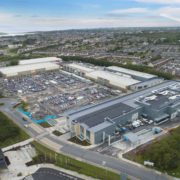
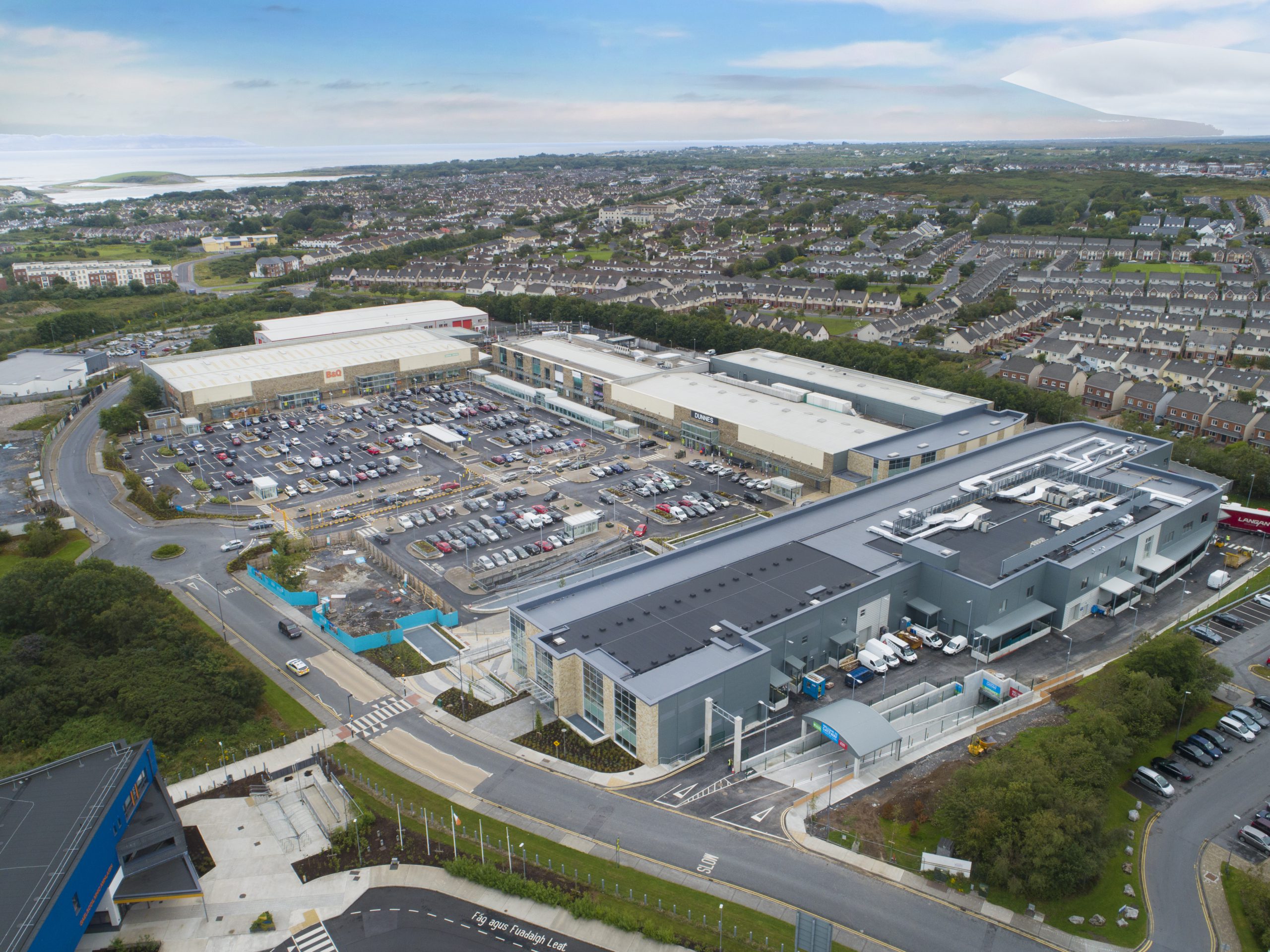

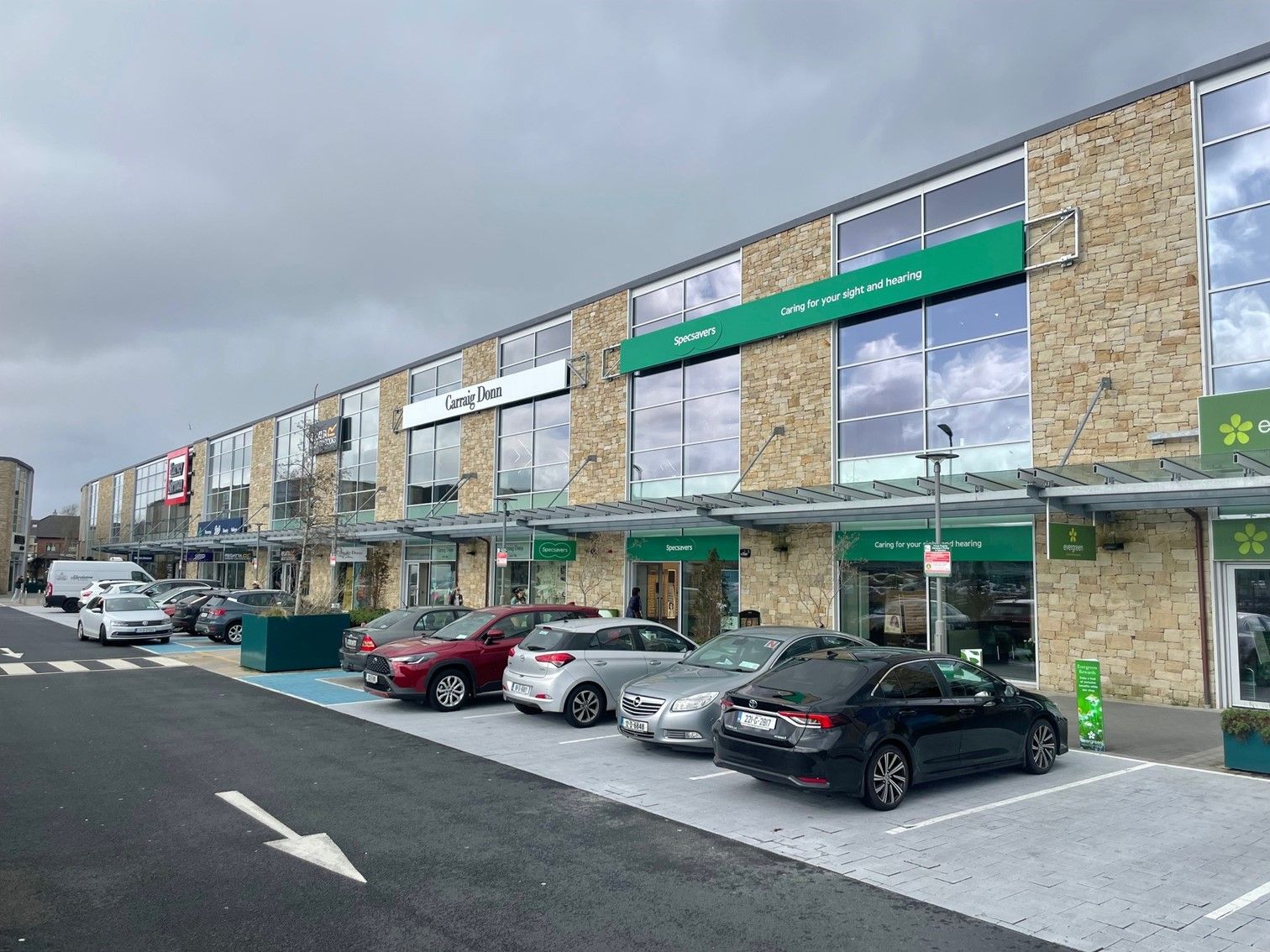

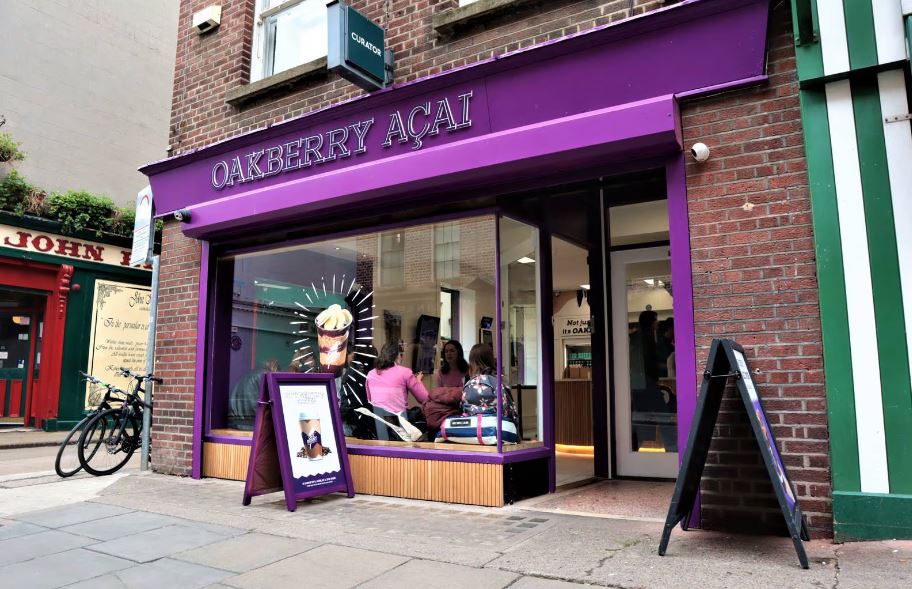





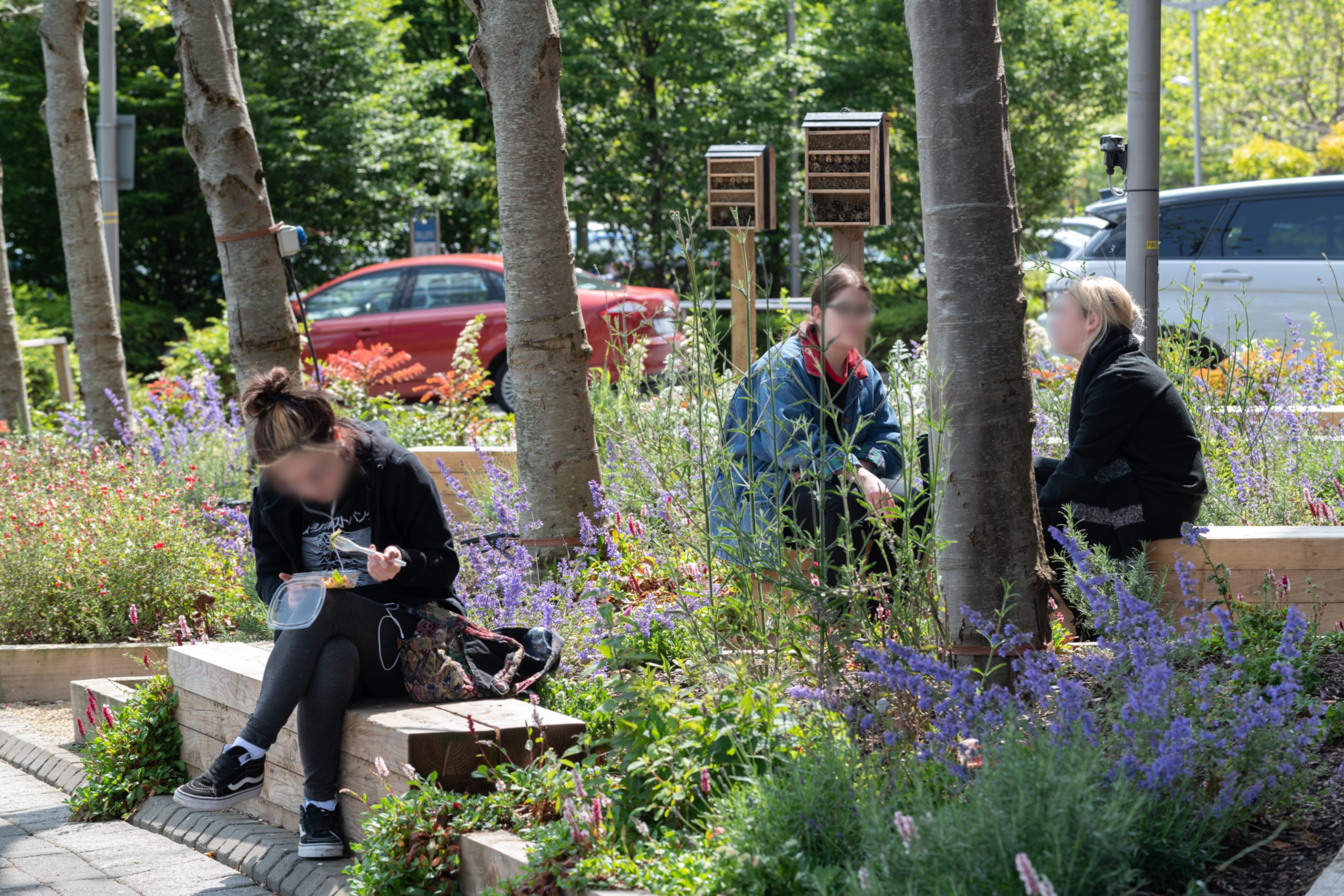


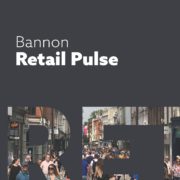
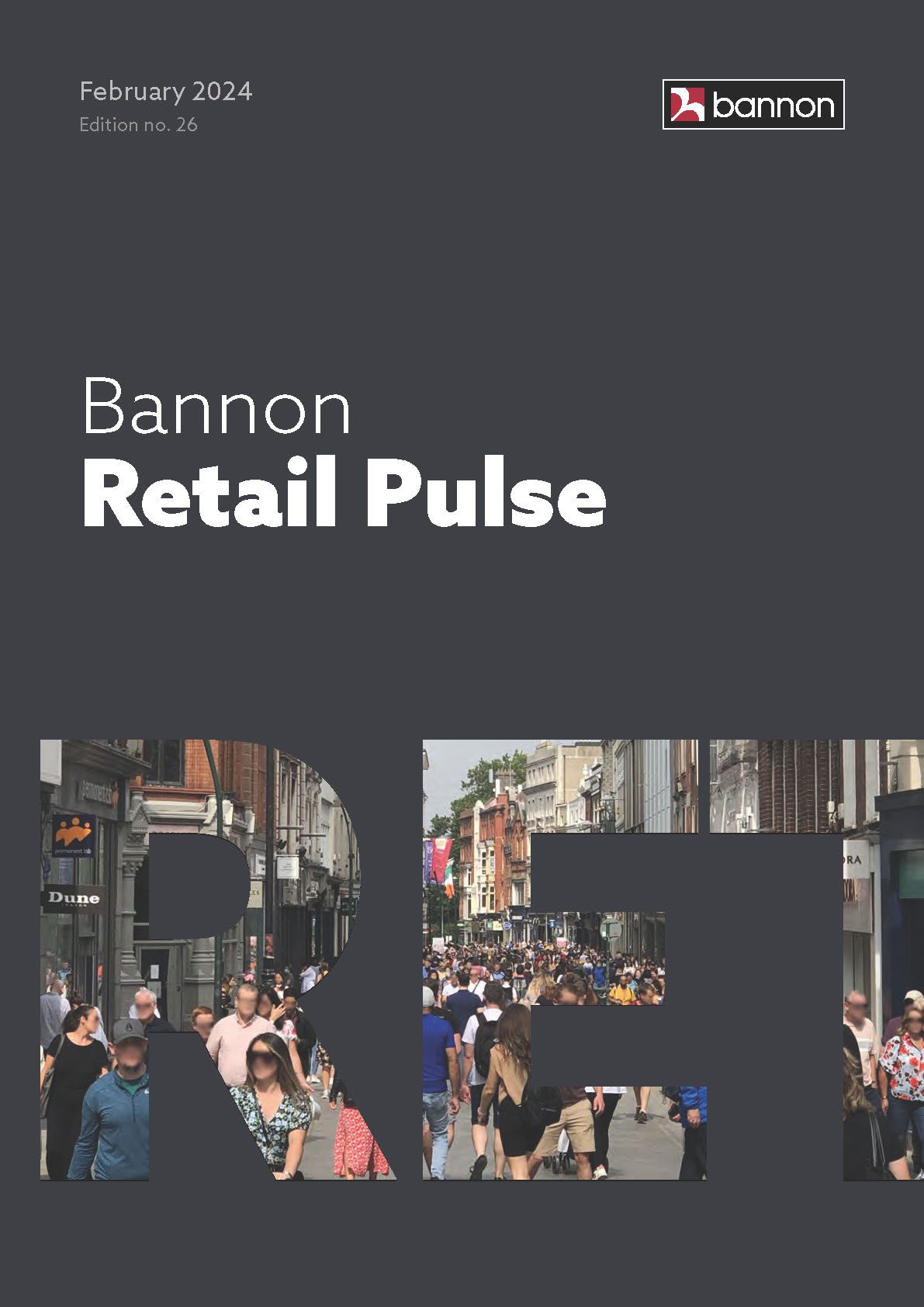 Bannon’s latest monthly Retail Pulse has now gone live.
Bannon’s latest monthly Retail Pulse has now gone live.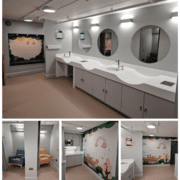
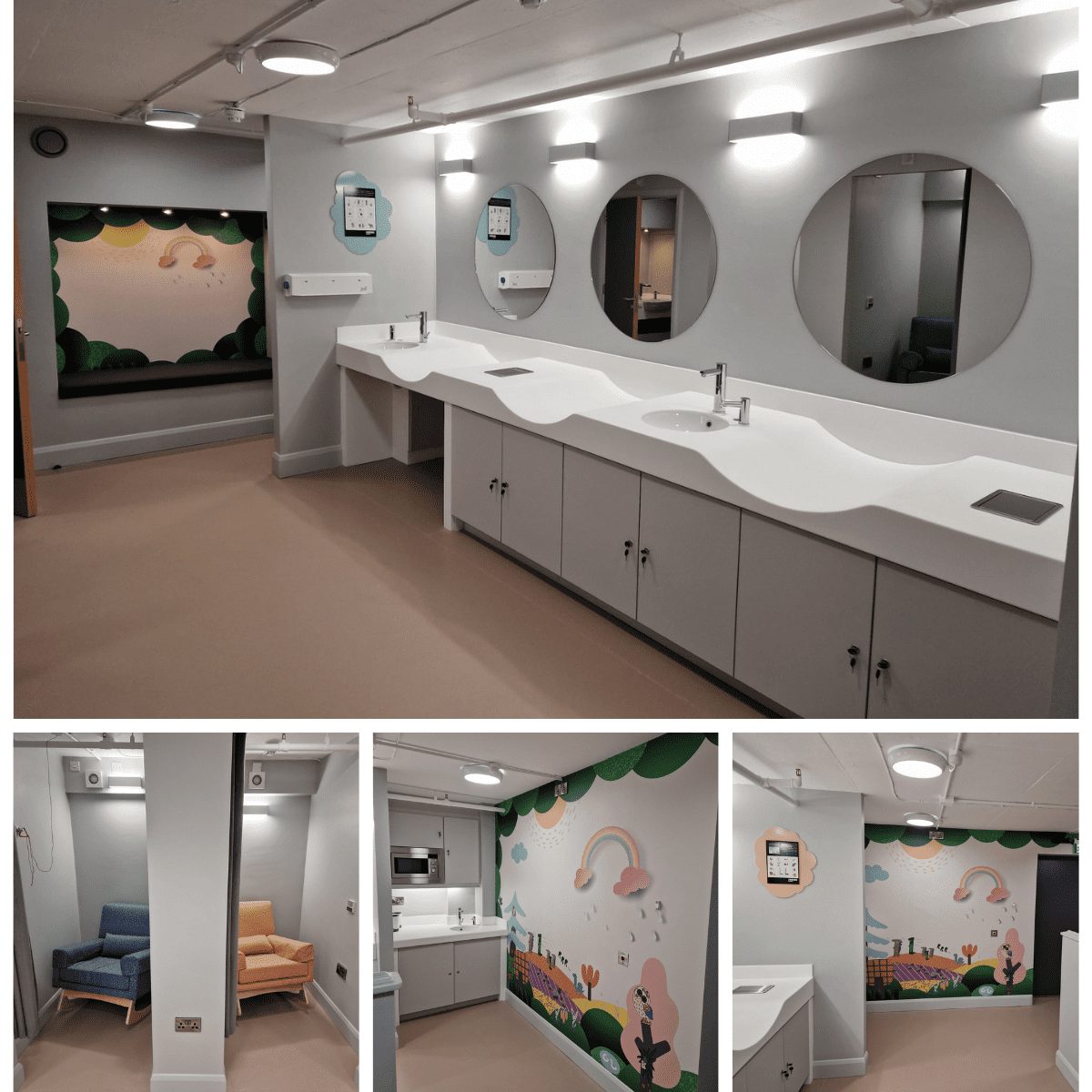
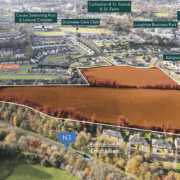
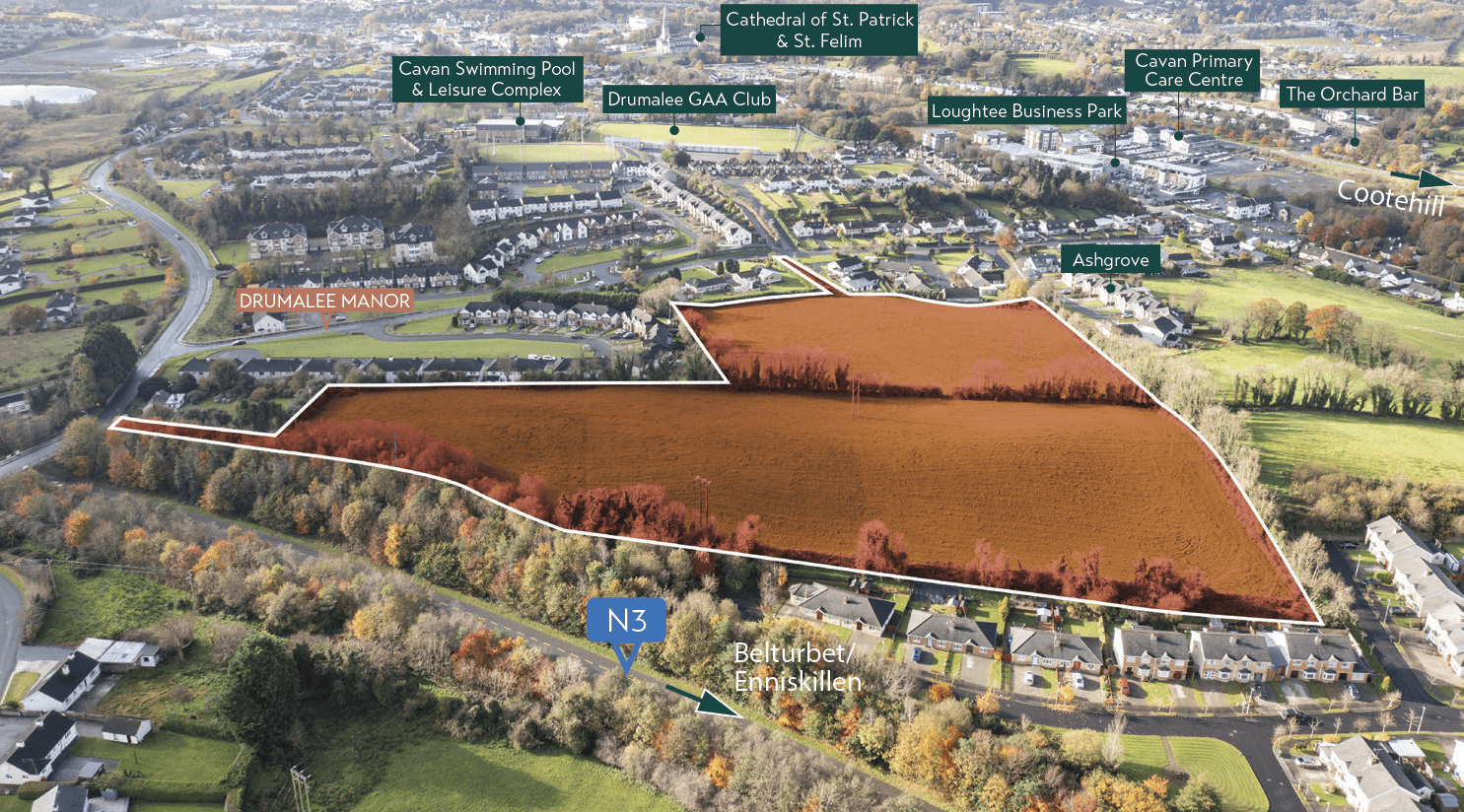




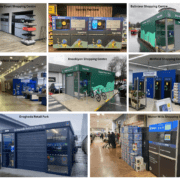
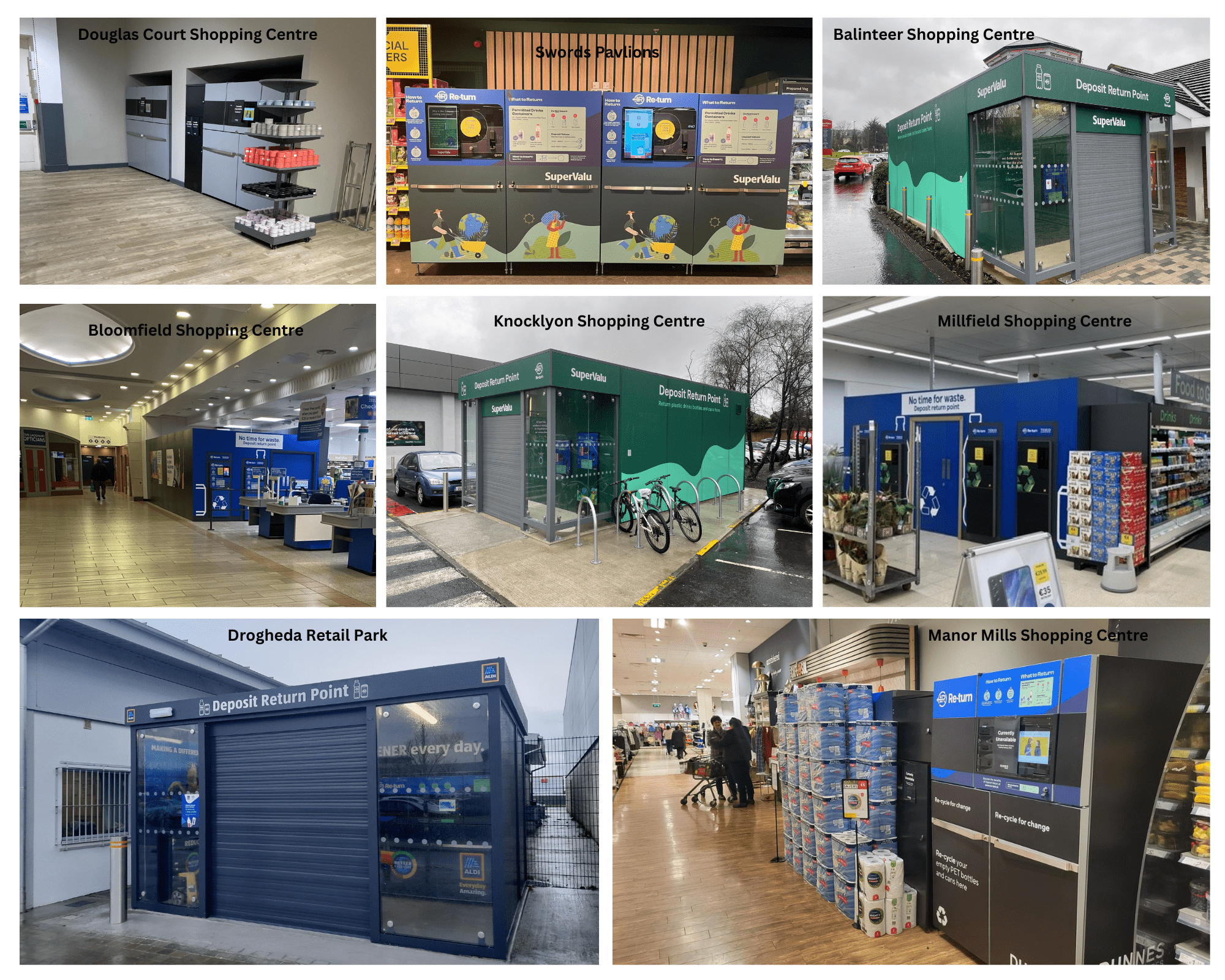
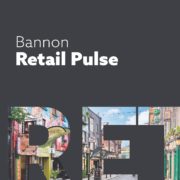
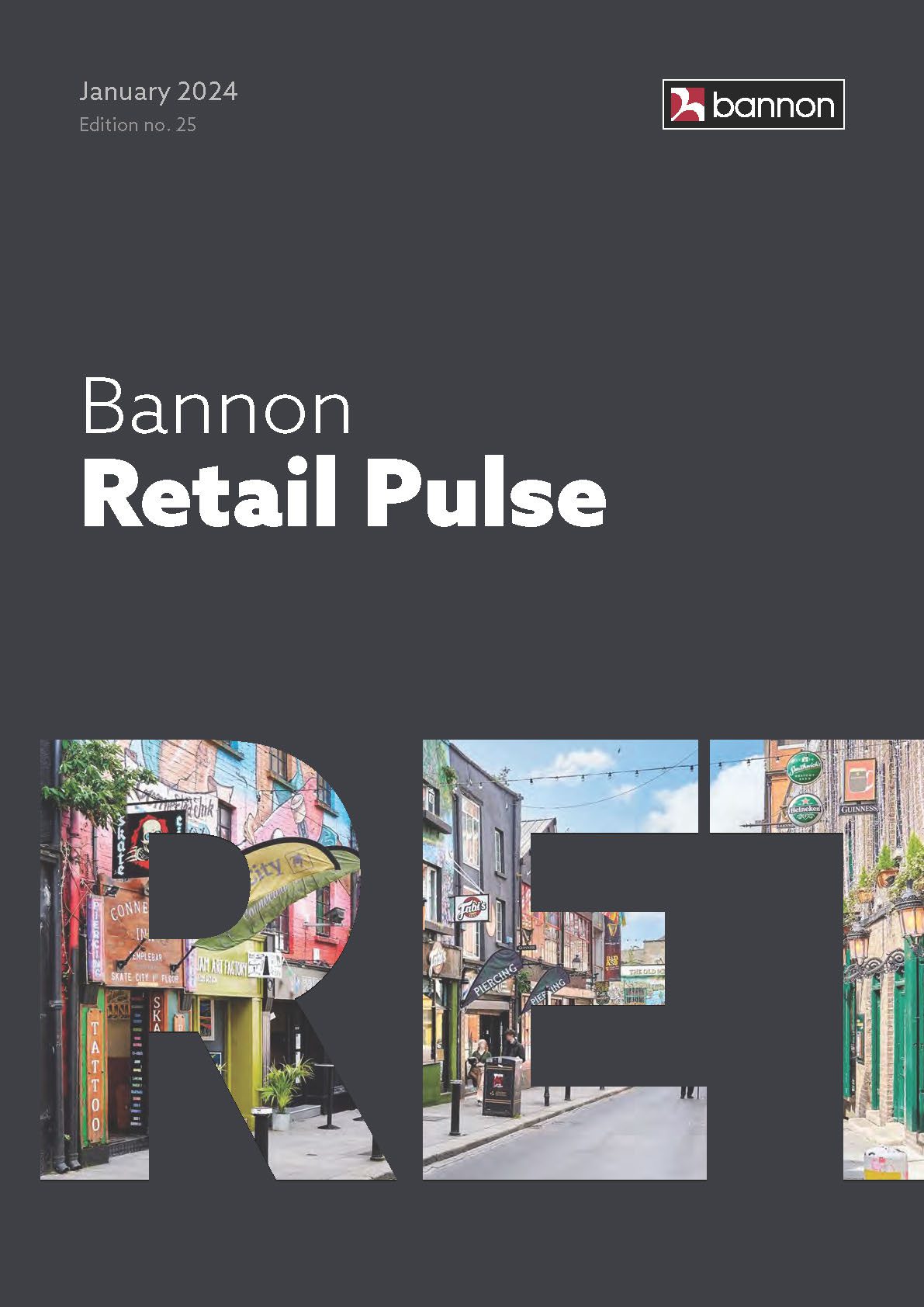




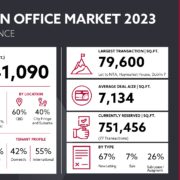
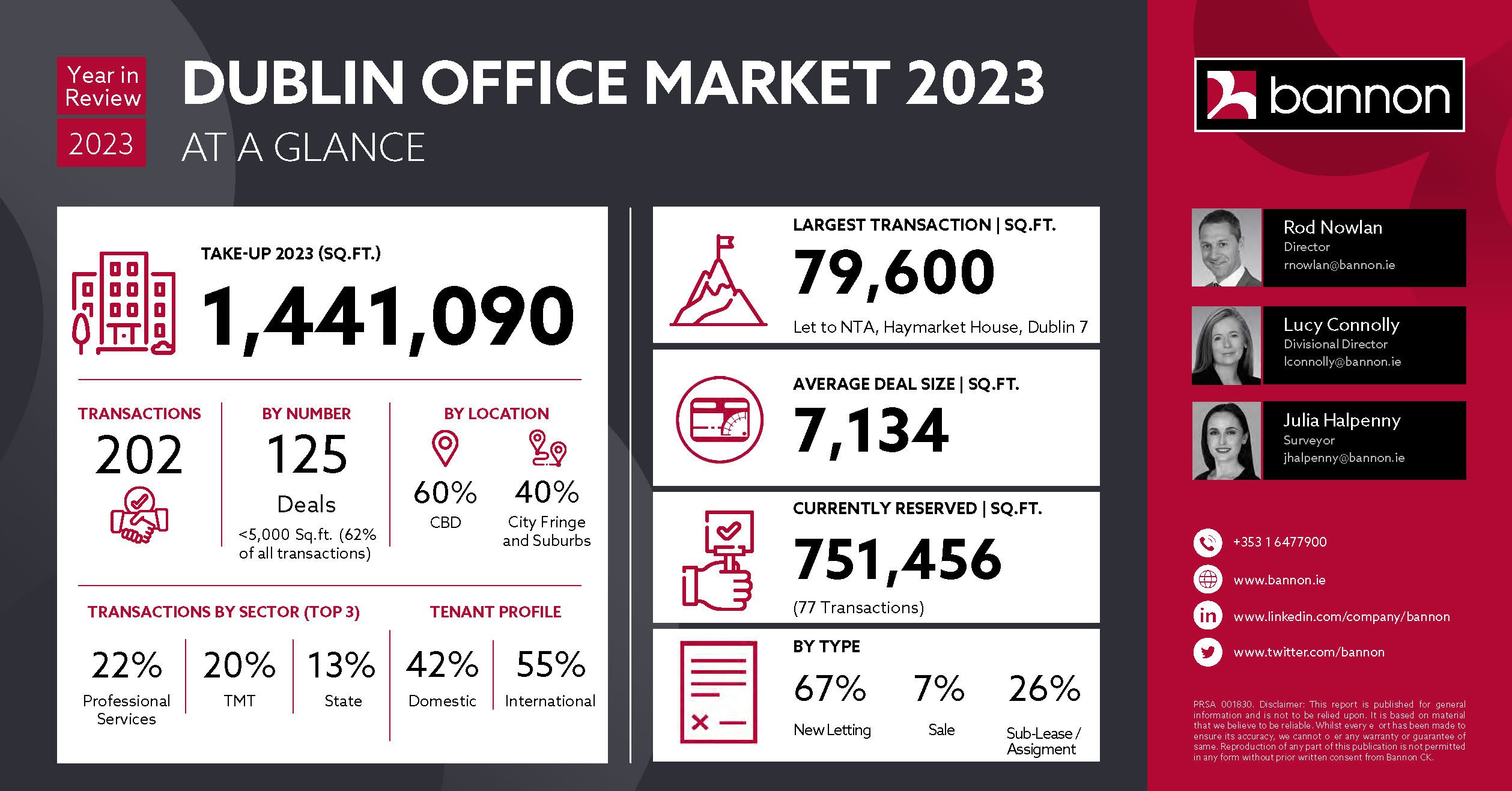
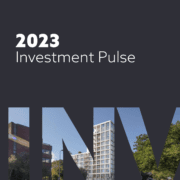
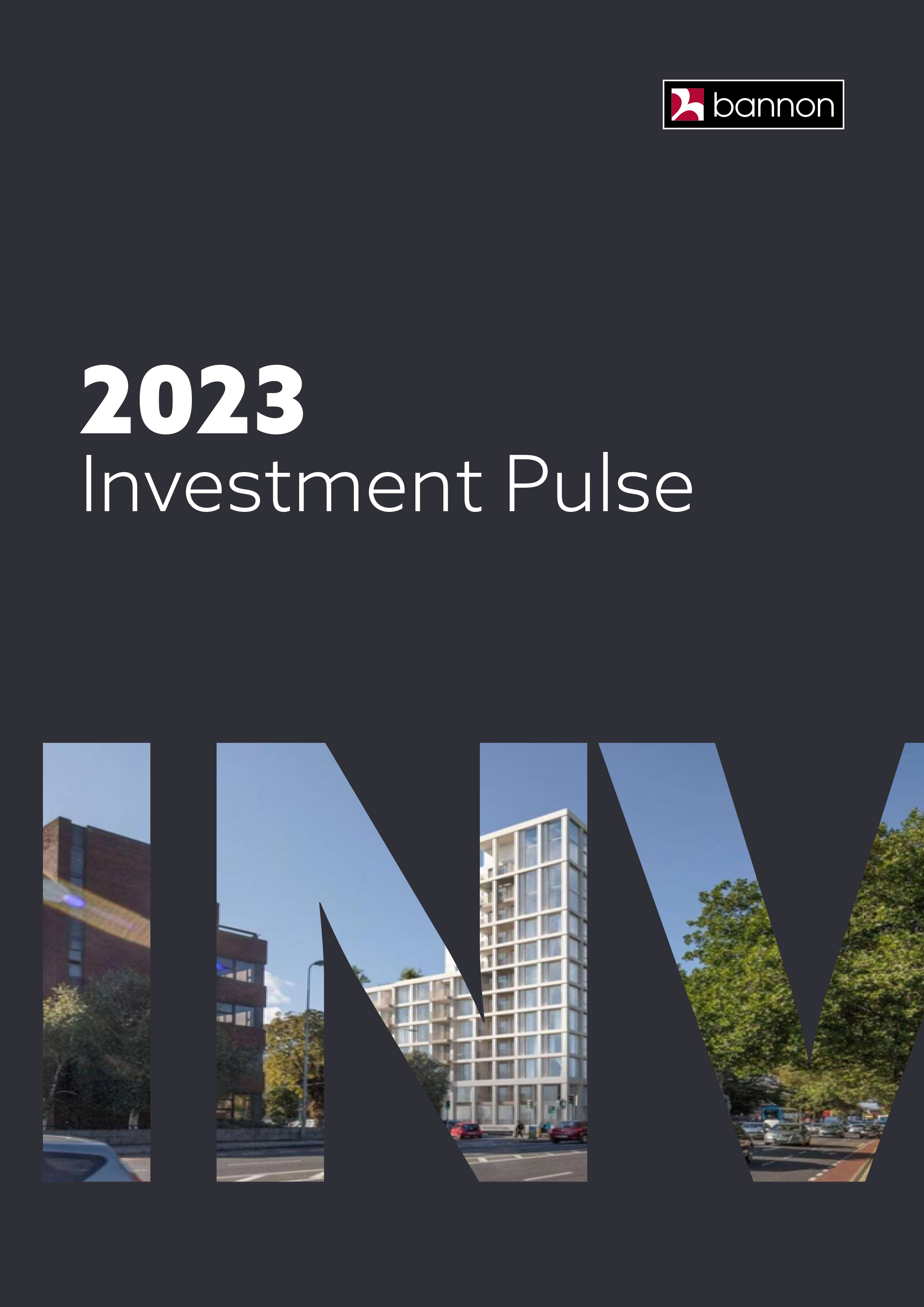 2023 was very much “annus horribilis” in terms of capital market’s activity. Concluding with a total turnover of €1.85 billion it represents the lowest level of activity since 2012. Clearly the pricing uncertainty brought about by the ending of the free money era, driven by a multitude of geopolitical and economic factors, has had the biggest effect.
2023 was very much “annus horribilis” in terms of capital market’s activity. Concluding with a total turnover of €1.85 billion it represents the lowest level of activity since 2012. Clearly the pricing uncertainty brought about by the ending of the free money era, driven by a multitude of geopolitical and economic factors, has had the biggest effect.